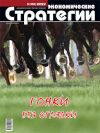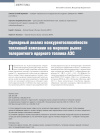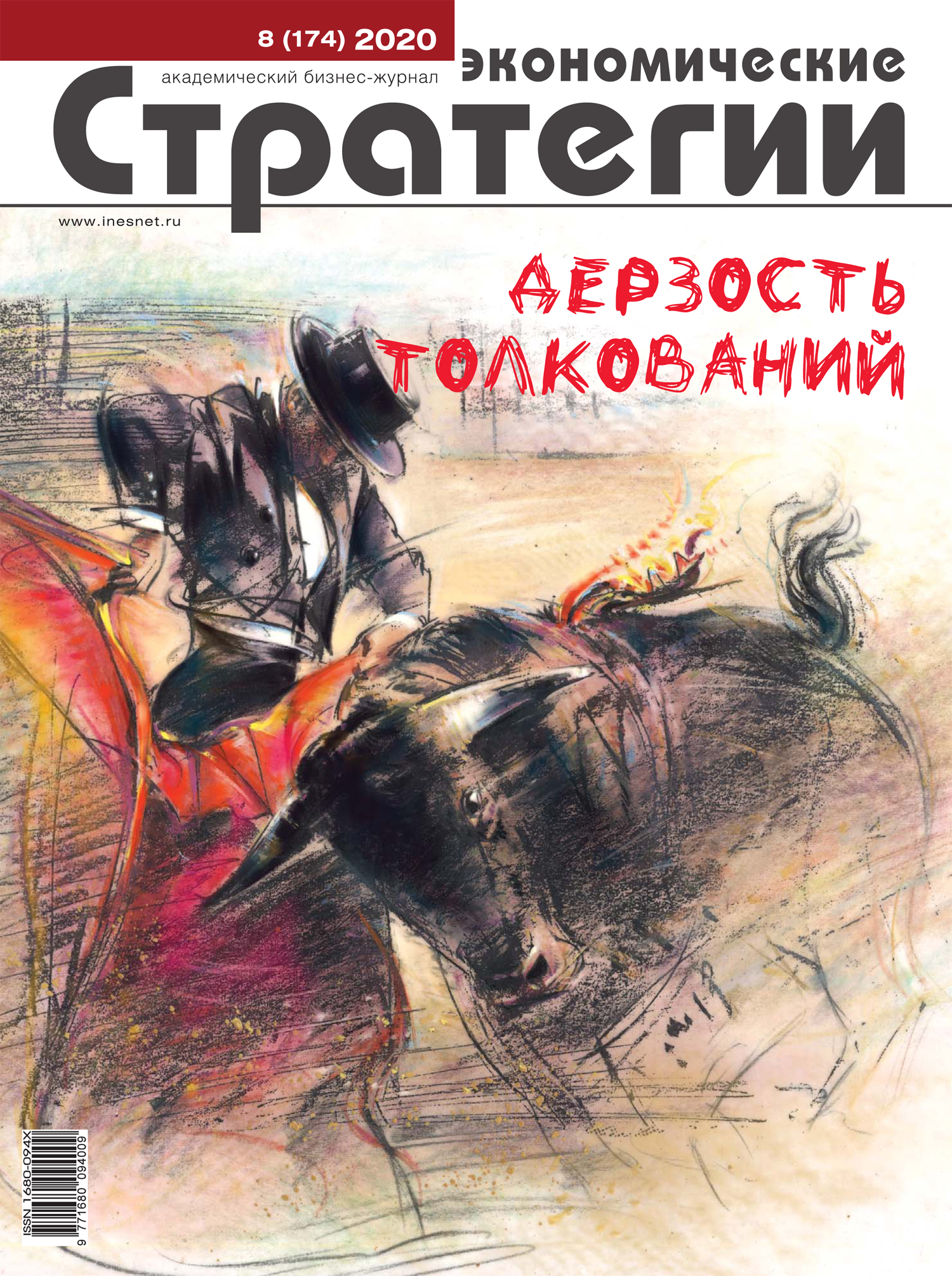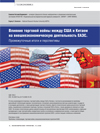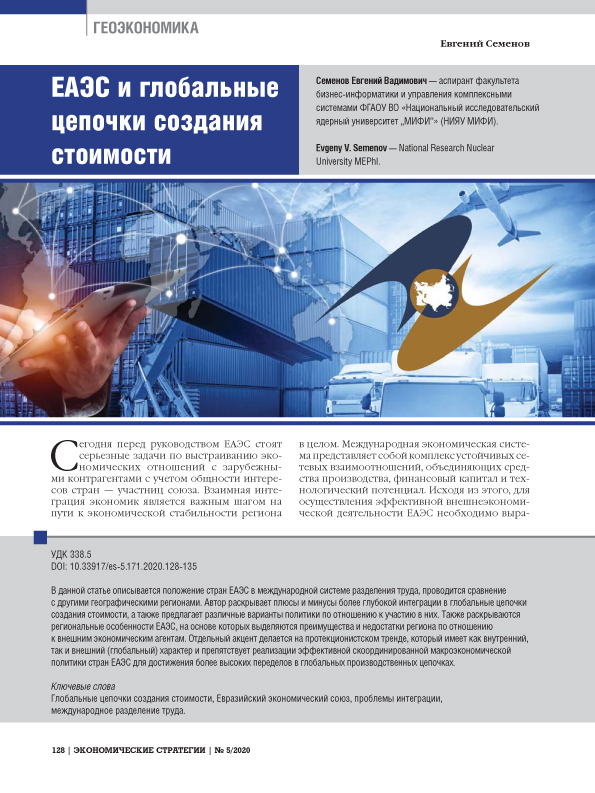Scenario Analysis of the Fuel Company Competitiveness in the World Market of Tolerant Nuclear Fuel for NPPs
DOI: https://doi.org/10.33917/es-3.183.2022.78-87
The article analyses the market of goods and services at the initial stage of nuclear fuel cycle. Particular attention is paid to nuclear fuel fabrication and the impact of new promising types of fuel (including tolerant) on domestic companies’ market positions. Based on scenario analysis, the authors show the possibility to partially offset export earnings in case of possible loss of the fabrication market share due to increasing sales in other key stages of the nuclear fuel cycle — uranium conversion and enrichment.
Источники:
1. Increased Accident Tolerance of Fuels for Light Water Reactors. Workshop Proceedings OECD/NEA Headquarters Issy-les-Moulineaux, France, 10–12 December 2012. NEA-OECD, 2013, 534 p.
2. State-of-the-Art Report on Light Water Reactor Accident-Tolerant Fuels. NEA-OECD, 2018, 372 p.
3. Nikipelova N. Viewpoint: How ATF could shape the nuclear fuel market. World Nuclear News, available at: https://world-nuclear-news.org/Articles/Viewpoint-How-ATF-could-shape-the-nuclear-fuel-mar.
4. Semenov E.V., Kharitonov V.V. Mikroekonomika povysheniya bezopasnosti AES na osnove tolerantnogo topliva [Microeconomics of NPP Safety Improvement Based on Tolerant Fuel]. Mikroekonomika, 2021, no 5, pp. 49–62.
5. Karpyuk L.A., Kuznetsov V.I., Maslov A.A. et al. Toplivo s khromovym pokrytiem obolochki tvela, ustoichivoe k avarii [Fuel with Chromium-Plated Fuel Element Cladding, Crash Resistant]. Atomnaya energiya, 2021, no 3, pp. 142–148.
6. Karpyuk L.A., Savchenko A.M., Leont’eva-Smirnova M.V. et al. Perspektivy primeneniya stal’nykh obolochek dlya tvelov reaktorov tipa VVER v ramkakh kontseptsii topliva, ustoichivogo k avariinym situatsiyam [Prospects for Applying Steel Cladding for Fuel Elements of VVER Type Reactors Within the Concept of Fuel Resistant to Emergency Situations]. Atomnaya energiya, 2020, no 4, pp. 203–207.
7. Karpyuk L.A., Lysikov A.V., Maslov A.A. et al. Perspektivnoe metallicheskoe uran-molibdenovoe toplivo, ustoichivoe k avariyam [Promising Metallic Uraniummolybdenum Fuel Resistant to Accidents]. Atomnaya energiya, 2021, no 3, pp. 148–152.
8. Karpyuk L.A., Novikov V.V., Kulakov G.V. et al. Splav 42KhNM i karbid kremniya kak material obolochek tvelov, ustoichivykh k avariyam [42KhNM Alloy and Silicon Carbide as a Material for Fuel Rod Cladding Resistant to Accidents]. Atomnaya energiya, 2021, no 4, pp. 211–215.
9. Kritskii V.G., Kalin B.A. Korroziya obolochek tvelov v zhiznennom tsikle TVS legkovodnykh reaktorov [Corrosion of Fuel Claddings in the Life Cycle of Fuel Assemblies in Light Water Reactors]. Moscow, NIYaU MIFI, 2020, 200 p.
10. Kharitonov V.V. Dinamika razvitiya yadernoi energetiki. Ekonomiko-analiticheskie model [Dynamics of Nuclear Power Development. Economic and Analytical Models]. NIYaU MIFI, 2014, 328 p.
11. Sinev M.N. Ekonomika yadernoi energetiki: Osnovy tekhnologii i ekonomiki proizvodstva yadernogo topliva. Ekonomika AES [Nuclear Power Economics: Fundamentals of Technology and Economics of Nuclear Fuel Production. NPP Economics]. M.: Energoatomizdat, 1987. 480 s.


